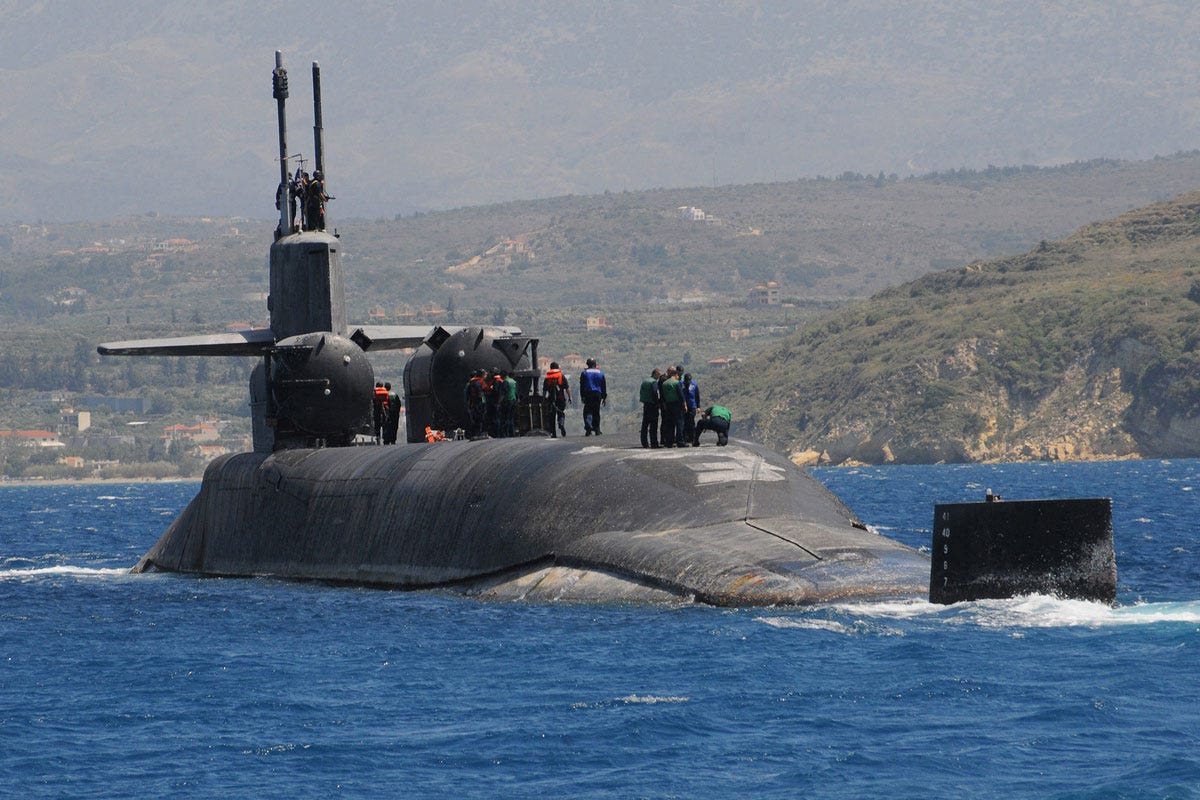Some Observations Regarding Claims Of 2019 American Amphibious Special Operation In North Korea
🇰🇵 🇺🇸
Note: The following text was originally posted on my X/Twitter account.
Much can be said about the New York Times article disclosing a bold and reportedly unsuccessful 2019 American amphibious special forces insertion in North Korea. What caught my eye is that the article says that a nuclear-powered submarine—one submarine—carrying two mini-submarines was used to deliver the American naval special forces to the shore. My understanding is that the submarine in question would have been one of the U.S. Navy's four nuclear-powered—all of the U.S. Navy's deployed crewed submarines are nuclear-powered—Ohio-class guided missile submarines, which are formerly nuclear-armed ballistic missile submarines converted into Tomahawk cruise missile launchers—one such submarine was involved in the air and missile strikes against Iranian nuclear facilities in June 2025—and amphibious special forces support platforms. The four modified Ohio-class guided missile submarines are each capable of carrying two Dry Dock Shelters (DDS), each of which houses a single SEAL Delivery Vehicle (SDV). SDV, which in other contexts is the generic acronym for swimmer delivery vehicle, of which the American SEAL Delivery Vehicle is but one example, refers to a crewed mini-sub that is to deliver four combat diving certified special forces personnel to a position closer to the shore—each SDV has a crew of two who remain in/with the mini-sub.
While the article does not specify what type of submarine or mini-sub was used in the operation, it does specify that each mini-sub was about the size of a killer whale, which tracks with publicly available information on the American SEAL Delivery Vehicle (SDV). While some Los Angeles-class and Virginia-class nuclear-powered attack submarines can also carry a DDS housing a single SDV, only the four modified Ohio-class ex-ballistic missile submarines can carry two DDS and, as such, two SDVs. That said, I am not sure what to make of the following text in the article: "If the shore team got into trouble, the nuclear-powered sub had a group of SEAL reinforcements standing by with inflatable speedboats." The DDS can also be used to transport small "Zodiac"-type inflatable boats, but there is limited real estate within each DDS, and even the four specially configured Ohio-class guided missile submarines can only carry two DDS at a time.
Another claim that caught my eye concerns the reported availability of a rescue/extraction team using "stealth rotary aircraft": "Farther offshore, stealth rotary aircraft were positioned on U.S. Navy ships with even more Special Operations troops, ready to sweep in if needed." The United States is known to have used a low-observable "stealthy" derivative of the Black Hawk helicopter in the raid that resulted in the death of Osama Bin Laden in Pakistan back in 2011. While the "stealth rotary aircraft" mentioned in the NYT article may refer to another design, it is notable that said rotary aircraft were reportedly positioned on U.S. Navy ships—plural in the NYT article. Note that two SDVs can be used to deliver eight naval special forces personnel to a position close to the shore, which is to say a single U.S. Navy SEAL squad. When accounting for combat medics and an armed response team, the rescue/extraction would have likely made use of 3-4 Black Hawk-sized helicopters.


